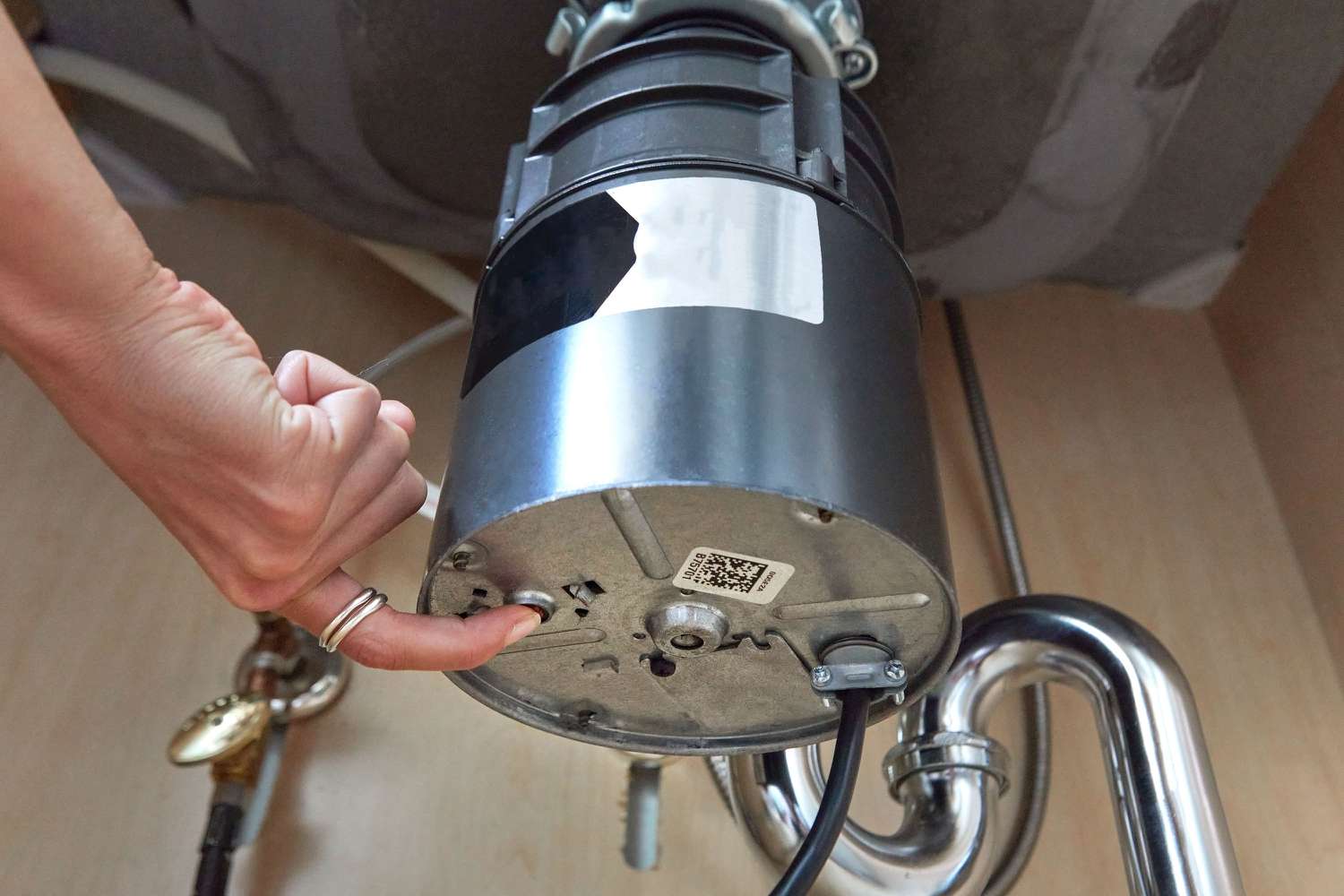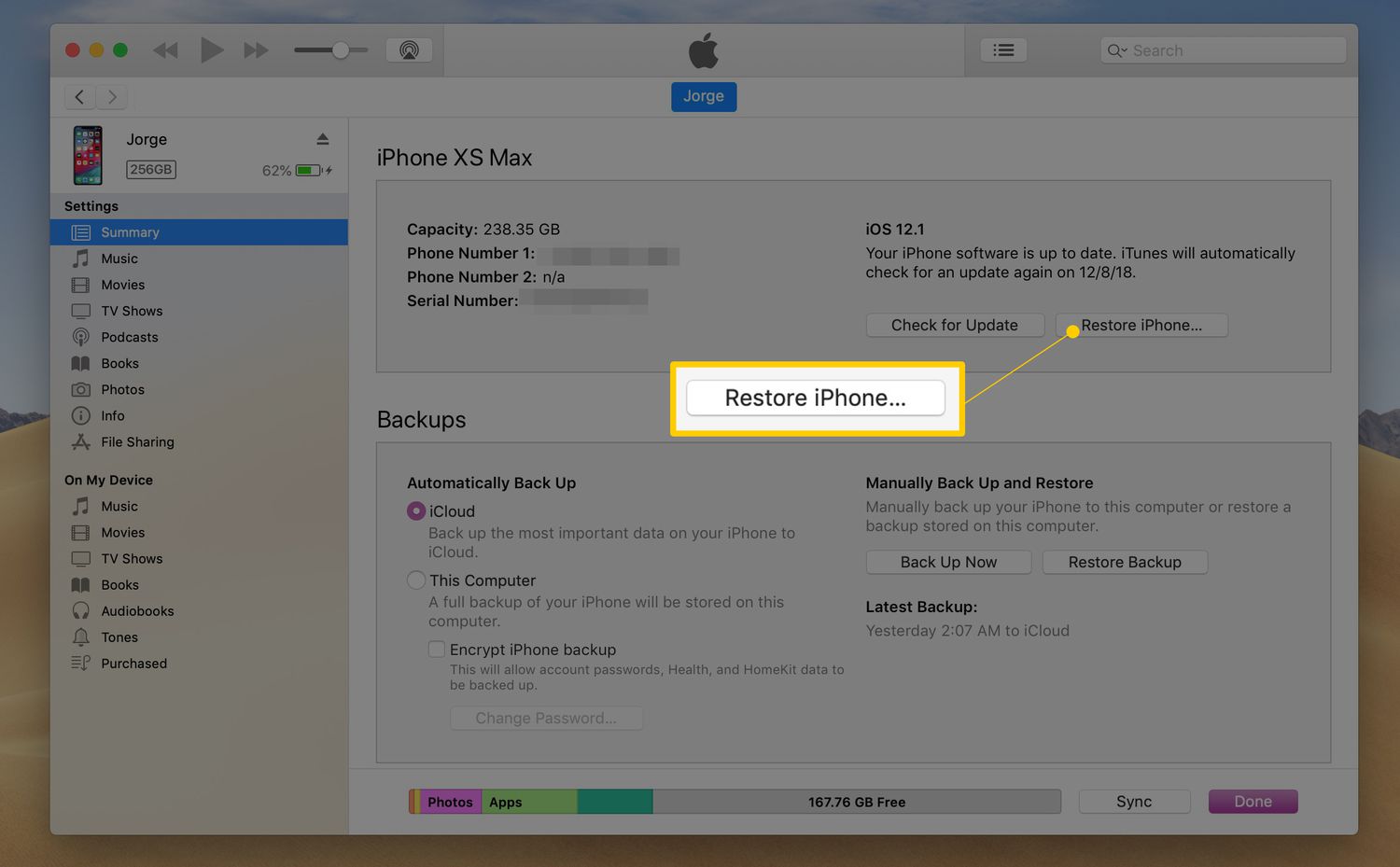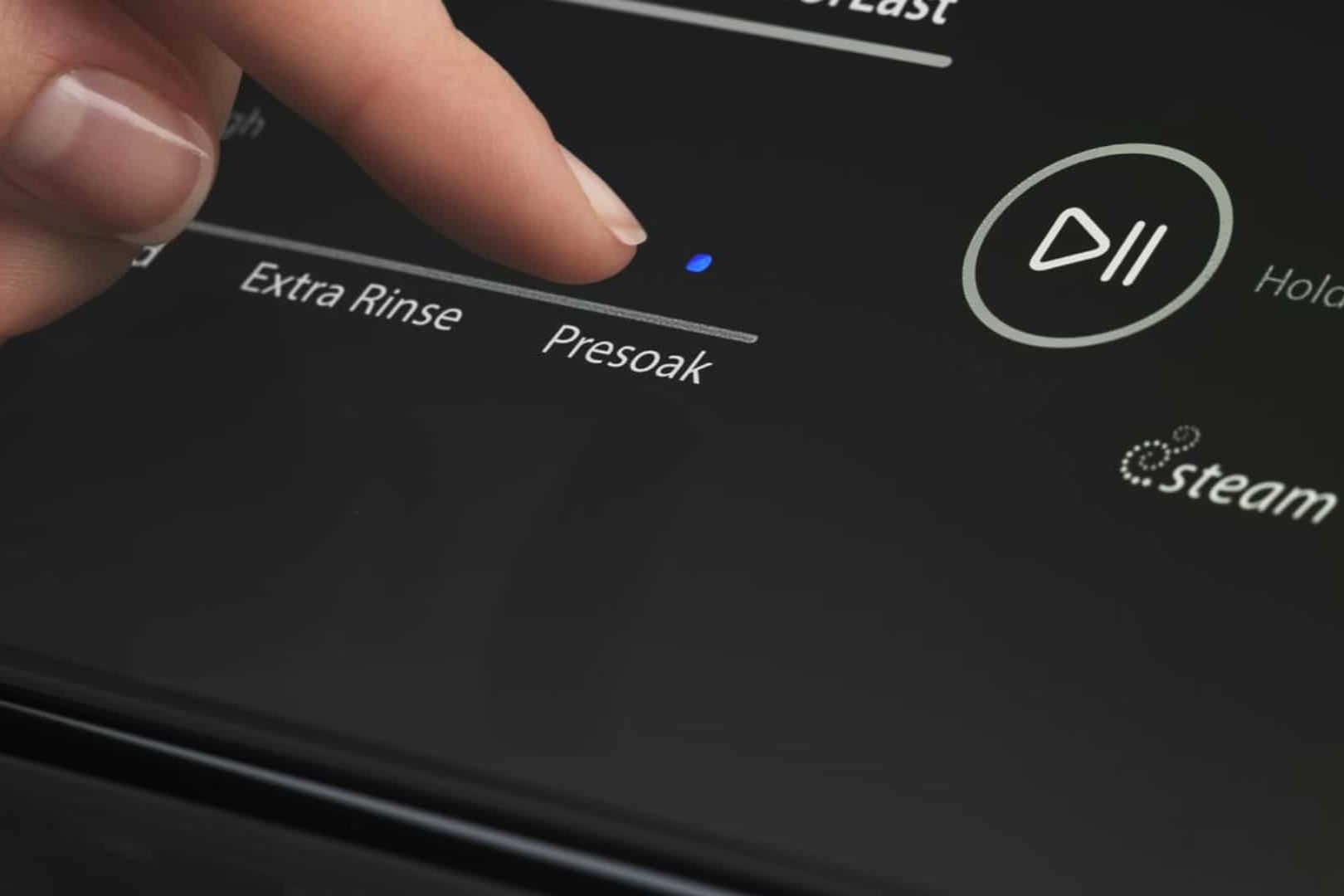Home>Automotive>How To Reset Your TPMS (Tire Pressure Monitoring System)


Automotive
How To Reset Your TPMS (Tire Pressure Monitoring System)
Published: February 25, 2024
Learn how to reset your TPMS (Tire Pressure Monitoring System) in a few simple steps. Keep your automotive safety in check with our easy guide.
(Many of the links in this article redirect to a specific reviewed product. Your purchase of these products through affiliate links helps to generate commission for Noodls.com, at no extra cost. Learn more)
Introduction
The Tire Pressure Monitoring System (TPMS) is a crucial component of modern vehicles, designed to alert drivers when the tire pressure falls below the recommended level. This innovative system serves as a proactive safety feature, providing real-time information about tire pressure to ensure optimal performance and safety on the road.
Maintaining the correct tire pressure is essential for several reasons, including improved fuel efficiency, extended tire lifespan, and enhanced vehicle handling. However, various factors such as temperature changes, tire wear, and road conditions can lead to fluctuations in tire pressure, necessitating the need for regular TPMS checks and potential resets.
In this comprehensive guide, we will delve into the intricacies of TPMS, explore the reasons for resetting it, and discuss the various methods to effectively reset the system. Whether you're a seasoned driver or a novice enthusiast, understanding the nuances of TPMS and its reset procedures can significantly contribute to a safer and more efficient driving experience. So, let's embark on this journey to unravel the mysteries of TPMS and equip ourselves with the knowledge to ensure optimal tire performance and vehicle safety.
Read more: How To Find And Use The TPMS Reset Button
Understanding TPMS
The Tire Pressure Monitoring System (TPMS) is an advanced safety feature integrated into modern vehicles to monitor the air pressure inside the tires. This system serves as a proactive safeguard, alerting drivers when the tire pressure deviates from the recommended level. There are two types of TPMS: direct and indirect.
Direct TPMS
Direct TPMS utilizes pressure sensors within each tire to measure the air pressure. These sensors transmit real-time data to the vehicle's onboard computer, which then interprets the information and alerts the driver if the pressure falls below the specified threshold. Direct TPMS provides precise and accurate readings, offering enhanced safety and performance monitoring.
Indirect TPMS
Indirect TPMS relies on the vehicle's anti-lock braking system (ABS) to monitor tire pressure. It detects changes in tire revolutions per minute (RPM) and alerts the driver if it detects significant deviations, which may indicate low tire pressure. While indirect TPMS is less precise than direct TPMS, it still serves as a valuable safety feature.
Importance of TPMS
Maintaining the correct tire pressure is crucial for several reasons. Properly inflated tires contribute to improved fuel efficiency, extended tire lifespan, and optimal vehicle handling. Additionally, adequate tire pressure ensures enhanced safety by reducing the risk of tire blowouts and improving traction, especially in adverse weather conditions.
Read more: How To Reset The Oil Light In Your Vehicle
TPMS Warning Indicators
When the TPMS detects low tire pressure or a system malfunction, it triggers a warning light on the vehicle's dashboard. This indicator serves as a visual alert to prompt drivers to check their tire pressure and address any potential issues promptly.
TPMS Reset
In certain situations, such as tire rotations, tire replacements, or fluctuating temperatures, it may be necessary to reset the TPMS to ensure accurate monitoring of tire pressure. Understanding the intricacies of TPMS and its reset procedures empowers drivers to maintain optimal tire performance and vehicle safety.
By comprehending the fundamental principles of TPMS and its role in ensuring proper tire pressure, drivers can proactively address potential issues and maintain a safe and efficient driving experience.
Reasons to Reset TPMS
Resetting the Tire Pressure Monitoring System (TPMS) is a crucial maintenance task that serves various essential purposes in ensuring optimal vehicle performance and safety. Understanding the specific reasons for resetting TPMS empowers drivers to proactively address potential issues and maintain the integrity of their vehicle's tire pressure monitoring system.
1. Tire Rotation or Replacement
When performing tire rotations or replacing tires, it is often necessary to reset the TPMS. This ensures that the system can accurately monitor the tire pressure of the newly positioned or replaced tires. Failure to reset the TPMS after such maintenance may result in inaccurate pressure readings, potentially compromising vehicle safety and performance.
Read more: How To Reset Your Google Home Mini
2. Fluctuating Temperatures
Temperature changes can significantly impact tire pressure. As ambient temperatures rise or fall, the air inside the tires expands or contracts, leading to fluctuations in tire pressure. Resetting the TPMS allows the system to recalibrate and adapt to the new pressure levels, ensuring accurate monitoring and timely alerts for any deviations from the recommended pressure.
3. System Malfunction
In some cases, the TPMS may experience malfunctions or sensor failures, leading to inaccurate readings or constant warning alerts. Resetting the TPMS can help diagnose and rectify such issues, providing an opportunity to recalibrate the system and address any underlying technical problems.
4. Low Battery Replacement
The sensors within the TPMS are equipped with batteries that have a limited lifespan. When these batteries are replaced due to low power, resetting the TPMS is essential to synchronize the new batteries with the system. This ensures seamless communication between the sensors and the vehicle's onboard computer, enabling accurate and reliable tire pressure monitoring.
5. Tire Pressure Irregularities
If the TPMS consistently indicates low tire pressure despite proper inflation, resetting the system can help recalibrate the sensors and address any irregularities in the monitoring process. This proactive approach can prevent unnecessary concerns and ensure that the TPMS provides accurate and reliable tire pressure readings.
By understanding these compelling reasons to reset the TPMS, drivers can proactively address potential issues and maintain the integrity of their vehicle's tire pressure monitoring system. Regularly resetting the TPMS when necessary contributes to enhanced safety, improved performance, and prolonged tire lifespan, ultimately ensuring a safer and more efficient driving experience.
Read more: How To Fix A Slow Leak In Your Tire
Methods to Reset TPMS
Resetting the Tire Pressure Monitoring System (TPMS) is a crucial procedure that ensures accurate monitoring of tire pressure and contributes to overall vehicle safety and performance. There are several methods to reset TPMS, each tailored to specific vehicle models and TPMS configurations. Understanding these methods empowers drivers to effectively recalibrate the system and maintain optimal tire pressure monitoring. Here are the primary methods to reset TPMS:
1. Manual Reset
Many vehicles allow for manual TPMS reset procedures, typically accessible through the vehicle's dashboard controls. The specific steps for manual reset may vary by manufacturer and model, but they generally involve navigating through the vehicle's settings menu to locate the TPMS reset option. Once accessed, the driver can initiate the reset process, prompting the TPMS to recalibrate and establish new baseline pressure readings for each tire. Manual reset procedures often require the vehicle to be stationary and may involve specific sequences of button presses or prolonged holding of certain controls to activate the reset function.
2. TPMS Reset Tool
In some cases, a TPMS reset tool, also known as a TPMS relearn tool, is required to reset the system. This specialized device communicates with the vehicle's onboard computer to initiate the TPMS reset process. The tool is typically connected to the vehicle's diagnostic port, allowing it to access the TPMS module and execute the reset procedure. Using a TPMS reset tool provides a streamlined and efficient method for recalibrating the system, ensuring accurate tire pressure monitoring. This method is commonly employed by automotive technicians and enthusiasts who require precise control over the TPMS reset process.
3. Drive Cycle Reset
Certain vehicles feature a drive cycle reset method for TPMS recalibration. This method involves driving the vehicle at specific speeds and durations to trigger the TPMS reset process. The vehicle's onboard computer monitors the tire pressure and sensor signals during the drive cycle, allowing the TPMS to recalibrate based on the real-time data collected. Drive cycle reset procedures may vary by manufacturer and model, and they often require adherence to precise driving conditions, such as maintaining consistent speeds and distances within a specified timeframe.
4. Consultation with Automotive Professionals
For complex TPMS reset procedures or instances where manual and tool-based methods are insufficient, consulting automotive professionals, such as certified technicians or service centers, can provide valuable assistance. These professionals possess the expertise and specialized equipment necessary to diagnose TPMS issues and execute advanced reset procedures. By seeking professional guidance, drivers can ensure that the TPMS reset is performed accurately and in accordance with the vehicle's specific requirements.
By familiarizing themselves with these methods to reset TPMS, drivers can effectively address fluctuations in tire pressure, system malfunctions, and maintenance-related TPMS recalibration needs. Proactive TPMS reset procedures contribute to enhanced safety, improved vehicle performance, and prolonged tire lifespan, ultimately ensuring a safer and more efficient driving experience.
Conclusion
In conclusion, the Tire Pressure Monitoring System (TPMS) plays a pivotal role in ensuring optimal tire performance, vehicle safety, and overall driving experience. Understanding the intricacies of TPMS and the reasons for resetting it empowers drivers to proactively address potential issues and maintain the integrity of their vehicle's tire pressure monitoring system.
By comprehending the fundamental principles of TPMS and its role in ensuring proper tire pressure, drivers can take proactive measures to reset the system when necessary. Whether it's due to tire rotations, temperature fluctuations, system malfunctions, low battery replacements, or irregular tire pressure readings, the ability to reset TPMS is essential for accurate monitoring and timely alerts regarding tire pressure deviations.
The methods to reset TPMS, including manual reset, TPMS reset tools, drive cycle reset, and consultation with automotive professionals, provide drivers with versatile options to recalibrate the system according to their specific vehicle models and TPMS configurations. These methods enable drivers to maintain accurate tire pressure monitoring, contributing to enhanced safety, improved performance, and prolonged tire lifespan.
Ultimately, the proactive approach to resetting TPMS ensures that drivers can confidently navigate the roads with the assurance of optimal tire pressure and reliable monitoring. By prioritizing TPMS maintenance and reset procedures, drivers can mitigate potential safety risks, improve fuel efficiency, extend tire lifespan, and enhance overall vehicle handling.
In essence, the knowledge and proactive application of TPMS reset procedures empower drivers to uphold the safety and performance standards of their vehicles. By embracing the significance of TPMS and its reset processes, drivers can embark on their journeys with the peace of mind that their tire pressure monitoring system is calibrated for optimal performance, contributing to a safer and more efficient driving experience.











